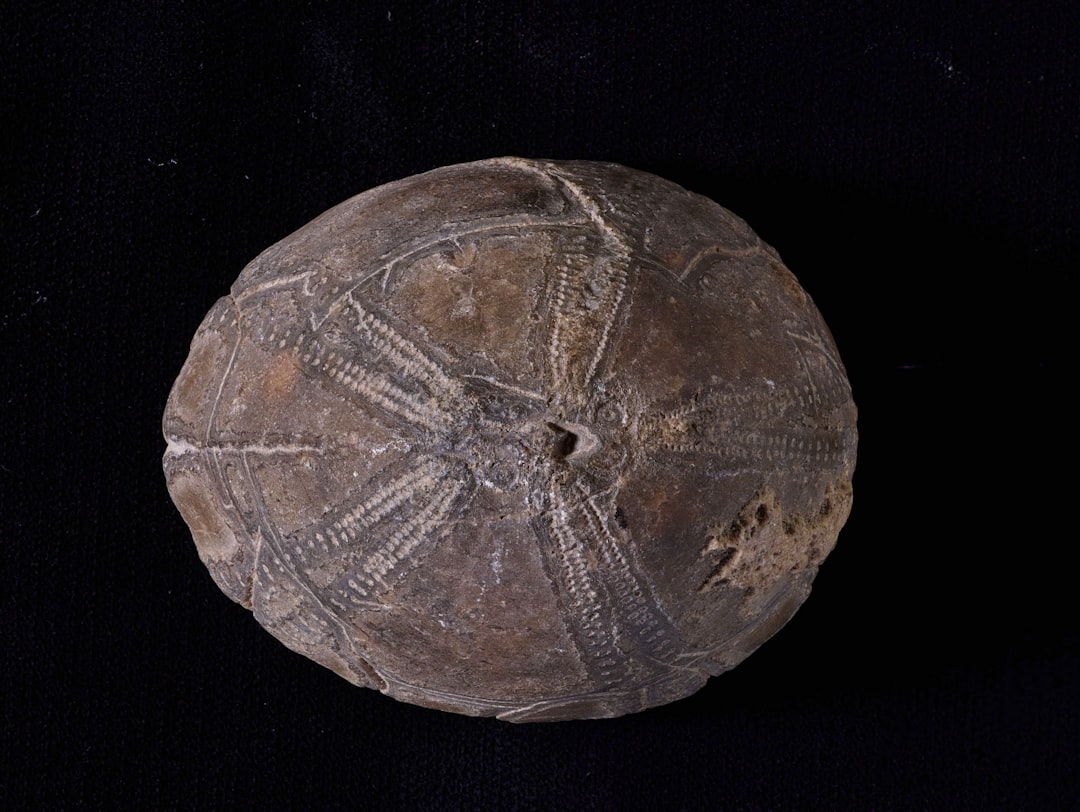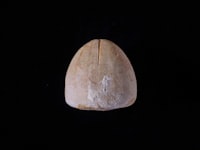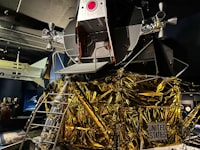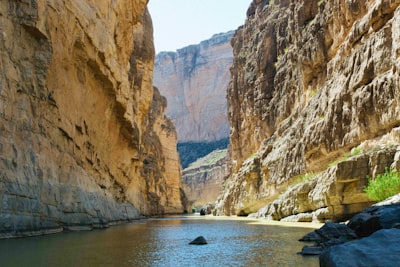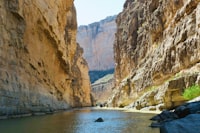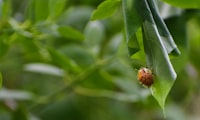Journal article
Buffering Capacity of Paddy Field as the Reservoir of Rainwater and Surface Runoff in the Lowokwaru Subdistrict, Malang, East Java
Paddy fields produce ecological services that improve environmental quality in urban areas, one of them was flood control through retaining rainwater and surface runoff within the embankment of paddy field. The ability to retain water is known as the buffering capacity (BC), which is the function of soil moisture, embankment height, water inundation and rice-plant interception during the growing periode. The intermitten system of water inundation applied by farmers resulted in changes of the BC on daily basis. The calculation of BC was divided into five categories for accuracy, which were : (1) BC during the Harvest; (2) BC with inundation at vegetative and generative phase (VGG); (3) BC with inundation during Land Preparation and Planting phase (OTTG); (4) BC without inundation during the vegetative and generative phase (VGTG); and (5) BC without inundation during the land preparation and planting phase (OTTTG). The purpose of this research was to measure potential buffering capacity of paddy field in Lowokwaru Subdistrictand to estimate amount of rainwater and surface runoff which could be accommodated within the buffering capacity. The average of daily BC in seven different villages were 1,650.81– 3,961.81 m3/ha and the total BC for 241 paddy field was about 823,156.36 m3.It was only a small percentage of average daily BC filled by rainwater (14.07-33.31%) and left the rest to be filled by surface runoff water. The paddy field of 241 ha in Lowokwaru Subdistrictis was capable to receive surface runoff from surrounding areas up to 1,698.66 ha.
